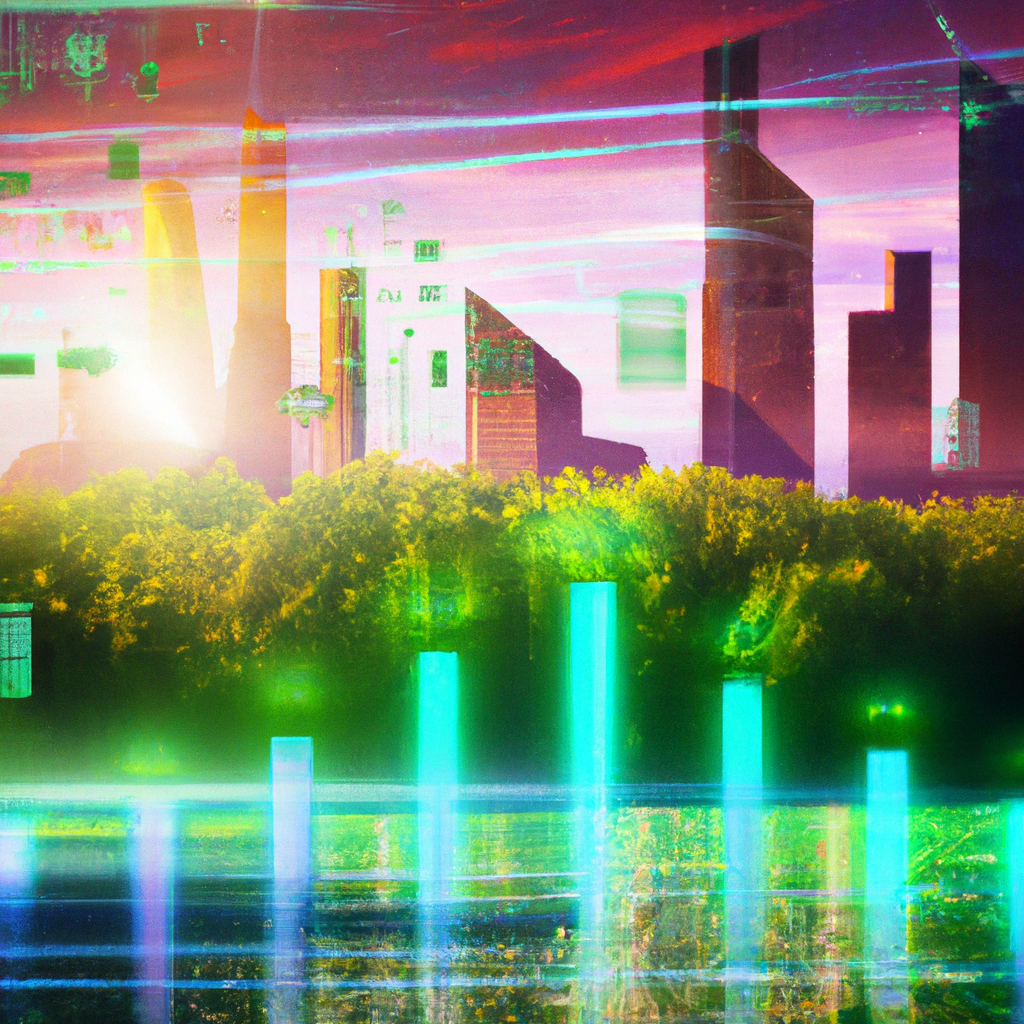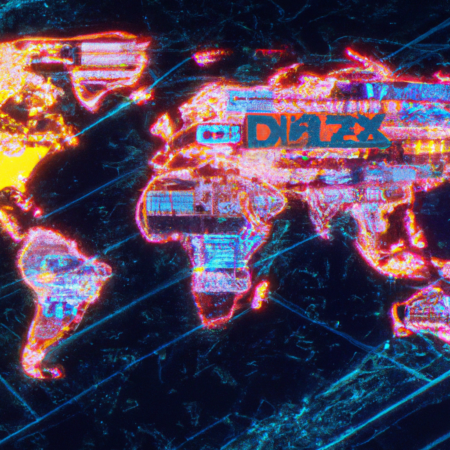Navigating the New Economic Landscape: Strategies for 2025
As we venture into the second quarter of 2025, the global economy is marked by rapid technological advancements, evolving trade policies, and shifting consumer behaviors. Understanding these dynamics is crucial for businesses, policymakers, and individuals aiming to thrive in this new environment.
The Impact of Technological Innovation
Technological innovation continues to be a driving force behind economic transformations. From AI-driven automation to advancements in green technology, these developments are reshaping industries. Companies that adapt to incorporate new technologies into their operations are likely to lead their sectors.
Global Trade Dynamics
The landscape of global trade is experiencing significant shifts due to new trade agreements and tariffs. Businesses must stay informed about these changes to navigate the complexities of international commerce effectively.
Consumer Behavior Trends
Consumer preferences are increasingly leaning towards sustainability and ethical practices. Companies that align their values and operations with these consumer trends are not only enhancing their brand reputation but also gaining a competitive edge.
Policy Changes and Economic Implications
Policy changes in various countries, especially regarding digital currencies and online transactions, are creating new opportunities and challenges. Staying ahead requires a keen understanding of these policies and their potential impacts.
Strategies for Economic Resilience
To remain resilient, businesses and individuals should focus on flexibility, continuous learning, and strategic planning. Embracing change and preparing for multiple scenarios can safeguard against economic fluctuations.
In conclusion, the economic landscape of 2025 demands a proactive approach to technology, trade, consumer behavior, and policy understanding. By anticipating changes and adapting strategies accordingly, stakeholders can secure a robust economic future.






